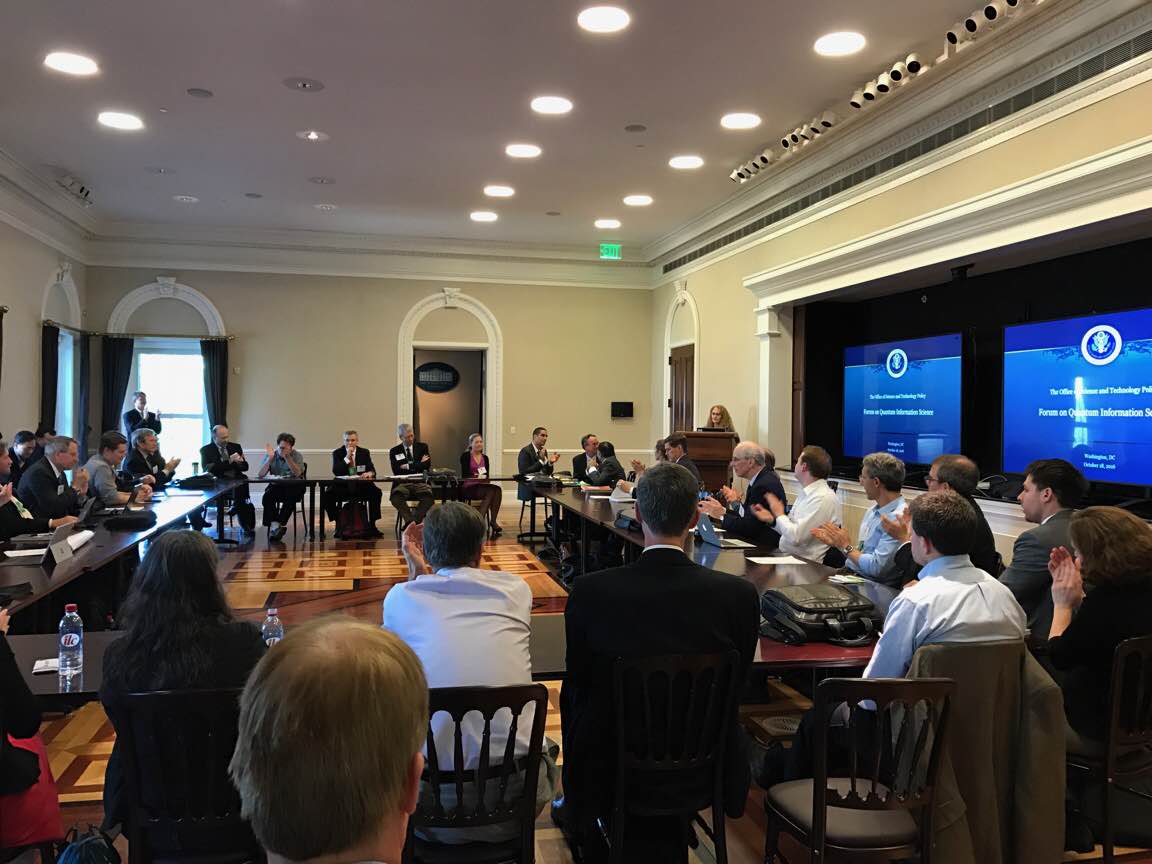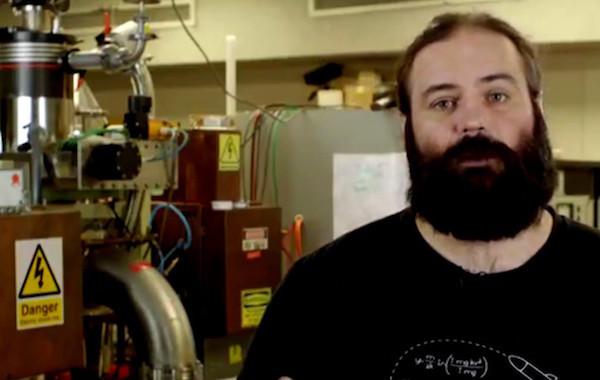Oct 24, 2016
Positron Dynamics near term work to proving out antimatter catalyzed deuterium fusion propulsion with over 100,000 ISP
Posted by Klaus Baldauf in categories: innovation, space travel
Nextbigfuture has interviewed Ryan Weed, CEO of Positron Dynamics. Positron Dynamics is developing antimatter catalyzed fusion propulsion which they will first demonstrate in a cubesat launch. They are getting around the still mostly unsolved difficulties of storing antimatter. They are doing this by using Sodium 22 isotopes.
Positron Dynamics has previously received a lot of press coverage when it was funded by the Thiel Breakthrough foundation to work on antimatter.

















